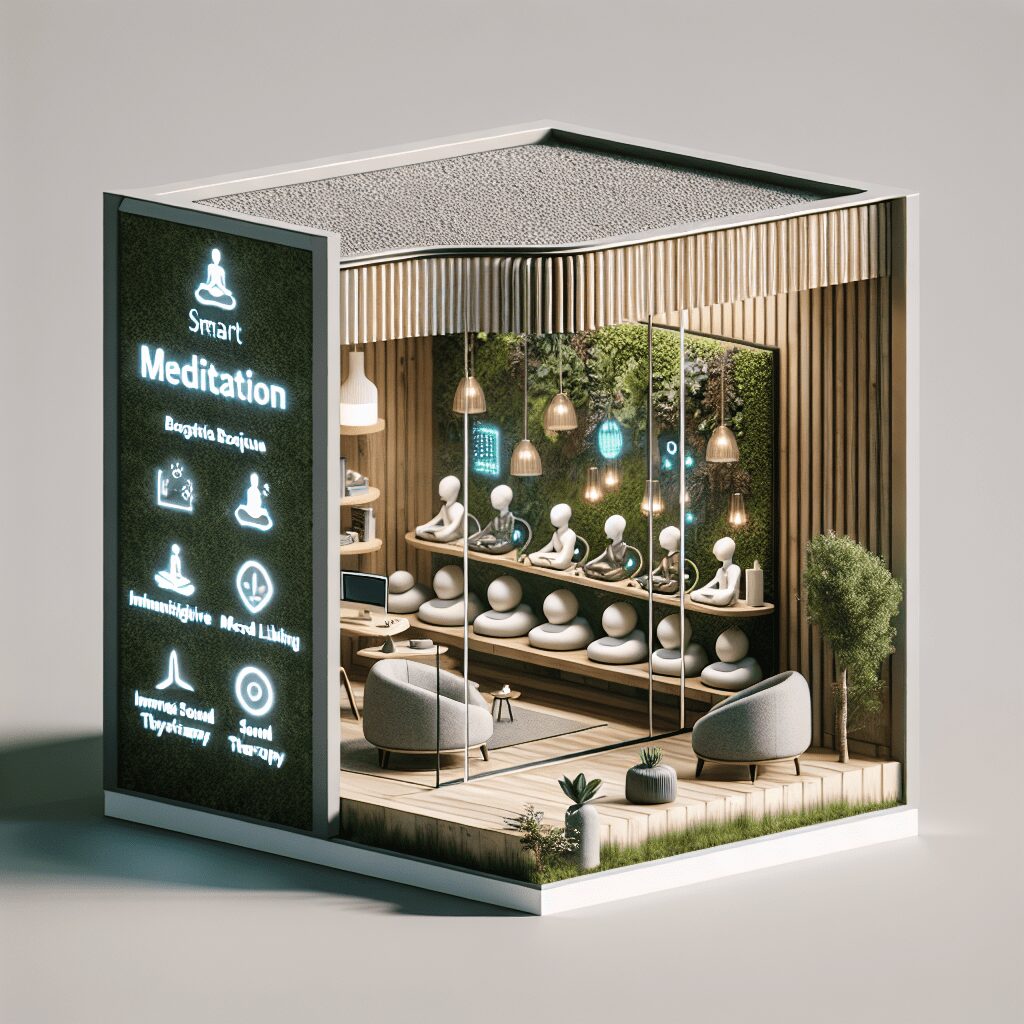
Prioritize your mental well-being daily. Enhance your life by nurturing your mental health with the Smart Meditation app. Break free from stress, alleviate anxiety, and enhance your sleep quality starting today.
How To Meditate And Not Cross Legs?
Breaking the Stereotype: Meditation Beyond Crossed Legs
When it comes to meditation, the image that often springs to mind is someone sitting in a serene environment, their legs expertly twisted into a pretzel-like Lotus pose. However, let’s cut to the chase: the crux of meditation doesn’t hinge on tying your limbs in knots. It’s all about the inner journey, folks! Diving into meditation without the mandate of crossed legs opens up a realm of possibilities. Let’s explore some alternative postures and strategies to get your zen on, shall we?
Alternative Seats to Inner Peace
1. Chair-ity Begins at Home
Who said chairs are just for office meetings or dining? Grab a chair, and let’s redefine its purpose. When opting for a chair, ensure your feet are flat on the ground, creating a stable base. Your spine should aspire to mimic the majesty of the towering redwoods—upright yet relaxed. This position keeps you alert and is a godsend for those with knee or hip issues which make the floor-seated positions a no-go zone.
2. Walking Meditation: Move to the Groove
Whoever thought meditation is a stationary practice, think again! Walking meditation is a thing, and it’s fabulous for those who prefer not to sit still. It combines mindfulness with gentle movement, ideal for soaking in the beauty of nature or even pacing in a quiet room. The key? Focus on each step, the roll of your foot from heel to toe, and the sensations of movement. It’s like walking on clouds but with a clearer mind.
3. Standing Tall: The Art of Stillness
Why not meditate while standing? Sure, it might sound a tad unconventional, but it’s yet another posture that throws the crossed-legs rulebook out the window. Stand with your feet hip-width apart, knees slightly bent to avoid lock-up, and arms resting gently by your side. It’s a test of endurance, sure, but the mix of alertness and relaxation it brings is quite the experience.
4. The Supine Line: Lie Down to Rise Up
Ever thought of lying down to meditate? Yep, it’s possible and incredibly relaxing. The Corpse Pose (Savasana) in yoga is a perfect example. Lie flat on your back, arms by your sides with palms facing upwards, and let the floor support your weight. This position is ideal for end-of-day meditations, helping transition from the hustle and bustle to a state of calm. Just try not to fall asleep; although if you do, maybe you needed it!
It’s All in the Mind(set)
At the heart of these alternatives is a common thread: the essence of meditation is less about physical contortions and more about the mind. It’s about finding a slice of tranquility in a tumultuous world, creating a mindful connection with the present moment. So, whether you’re sitting, walking, standing, or lying down, the real journey is internal.
Remember, meditation is as flexible as you need it to be. Experiment with these postures, or even invent your own. The ultimate aim is to foster a deeper understanding of yourself and the world around you, without feeling like you’re wrestling with your own limbs. Let’s not get bogged down by the posture police; instead, let’s focus on carving out a moment of peace in our day, in whatever shape or form that takes.
So go ahead, find your spot, pick your posture, and let the realms of meditation unfold in a way that resonates with you. After all, the best posture for meditation is the one that you can maintain comfortably and brings you closer to inner peace. Happy meditating!





